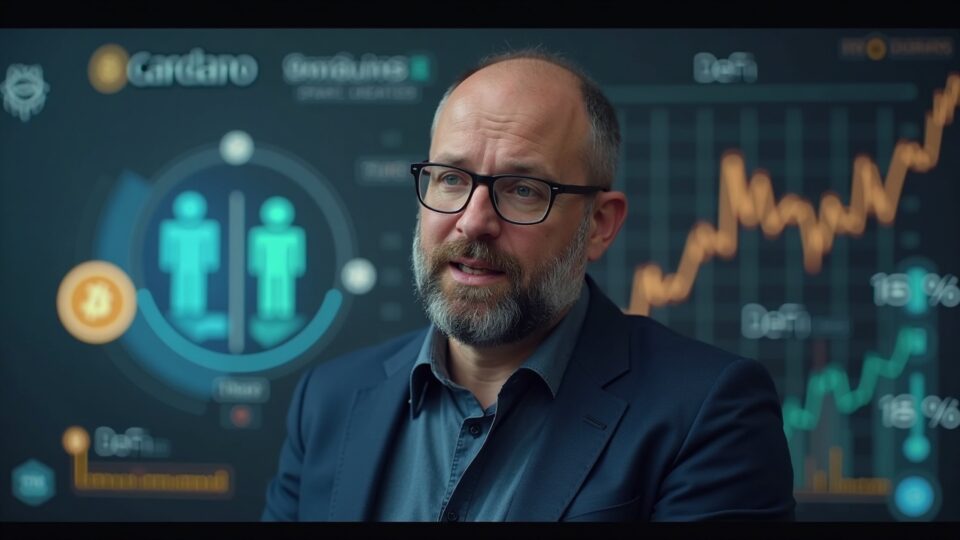Charles Hoskinson responded to criticism about Cardano´s weak DeFi performance and ADA holder inactivity, outlining proposals to address liquidity and coordination. He suggested changes in treasury management and a roadmap to integrate external liquidity, arguing that the issues stem from governance frictions rather than technical limits. The discussion affects developers, institutional investors, product teams and regulators due to implications for liquidity, governance and market risk, and gained traction in June 2025 with a plan to convert 5–10% of the treasury into liquid assets.
The central contrast is between user base and liquidity: Cardano records more than 1.3 million ADA stakers, but its TVL in DeFi sits around $271 to $373 million, below competing chains. This gap, according to Hoskinson, is not a reflection of protocol throughput but of alignment and participation.
Hoskinson attributes the shortfall to “human inertia” and governance coordination failures, not limitations in Ouroboros or scaling solutions like Hydra, which are projected to exceed 10,000 transactions per second. The challenge, he argues, is mobilizing existing holders and stakeholders.
To inject liquidity, he proposed diversifying Cardano’s approximately $1.2 billion ADA treasury with an indicative allocation near $100 million (5–10%) into Bitcoin and stablecoins, executed via a TWAP strategy to minimize market impact. The proposal spurred community debate and reportedly caused a temporary drop in ADA’s price during that period.
The keys for the Cardano market
Externally, the strategy aims to position Cardano as a relevant DeFi layer for Bitcoin through protocols like Cardinal, the incorporation of Ordinals via BitVMX and explorations of merged mining—steps described as “alive, on-chain, and ready to scale.”
Internally, Hoskinson called for stronger leadership and coordination; the foundation and other actors announced liquidity initiatives and accelerators to attract developers and bolster projects such as Minswap, USDM and Lace Wallet.
The combination of treasury rebalancing and a Bitcoin DeFi focus could increase liquidity and attract capital, but it introduces risks including exposure to BTC volatility, heightened regulatory scrutiny over stablecoin holdings and the need for operational transparency to avoid price-disruptive moves.
If governance coordination succeeds, Hoskinson estimates TVL could scale to $5–10 billion. That outcome depends on active community participation and on technical and market execution across the proposed initiatives.
Next verified milestone is the execution of treasury proposals and tests of Bitcoin integration scheduled in the 2025 roadmap; implementation and market reaction will mark the next inflection point in Cardano’s adoption and liquidity.

